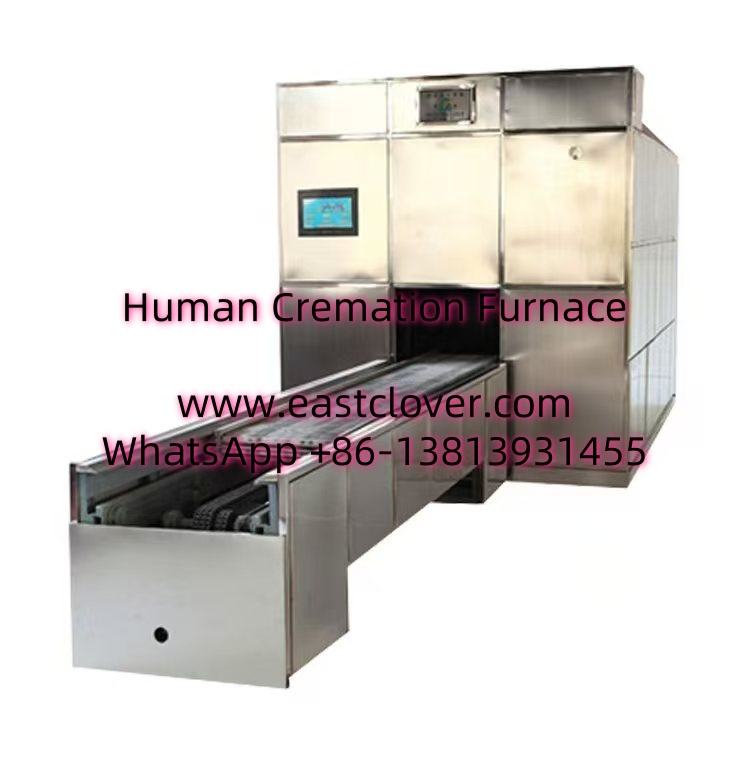Introduction
Small-scale cremation furnaces are compact, efficient systems designed to meet the needs of facilities requiring controlled and environmentally friendly cremation processes. These systems are widely used in veterinary clinics, small municipalities, research institutions, and palliative care centers. Unlike traditional large crematories, small-scale units prioritize flexibility, energy efficiency, and reduced environmental impact, making them suitable for localized operations.
Technical Aspects
Combustion Chamber Design
The combustion chamber is the core of the furnace, constructed from refractory materials like alumina-silicate bricks or ceramic fiber to withstand temperatures up to 1800°F (982°C). Advanced models incorporate a secondary combustion chamber to reburn particulates and gases, reducing emissions.
Fuel and Energy Systems
Most furnaces use natural gas, propane, or diesel, with burners calibrated for optimal air-to-fuel ratios. Electric heating elements are emerging as cleaner alternatives, though they require robust electrical infrastructure.
Emissions Control
Critical components include:
- Scrubbers to neutralize acidic gases.
- Particulate filters to capture ash and soot.
- Catalytic converters to break down volatile organic compounds (VOCs).
Automation and Monitoring
Modern systems feature PLCs (Programmable Logic Controllers) and sensors for real-time adjustments. Parameters like temperature, airflow, and dwell time are optimized to ensure compliance with emissions standards.
Design Considerations
Size and Portability
Units are typically designed for capacities ranging from 50 to 500 lbs, with modular frames for easy relocation. Compact models occupy as little as 20–30 square feet.
Energy Efficiency
Insulation layers using ceramic fiber or vermiculite minimize heat loss. Heat recovery systems can repurpose waste heat for facility warming or water heating.
Safety Features
- Pressure-relief valves to prevent explosions.
- Flame failure detection systems.
- Emergency shutdown protocols.
Regulatory Compliance
Design must adhere to EPA guidelines, OSHA safety standards, and local air quality regulations. Third-party certifications (e.g., CE, UL) are often required.
www.southclover.com
Small-scale cremation furnaces offer a practical solution for institutions balancing operational efficiency with environmental responsibility. Their technical sophistication—from multi-stage combustion to automated controls—ensures compliance and safety, while modular designs cater to diverse spatial and functional needs. As sustainability becomes a global priority, advancements in materials and emissions technology will further refine their role in modern waste management.
FAQs
How long does a typical cremation cycle take?
Duration depends on the load and furnace type, but most small-scale units complete the process in 1–3 hours.
Can these furnaces handle medical or biohazard waste?
Yes, specialized models with higher temperatures (up to 2000°F) and extended dwell times are certified for biohazard disposal.
What maintenance is required?
Monthly inspections of burners, filters, and sensors, plus annual refractory lining checks, ensure longevity.
Are there alternatives to fossil fuels?
Electric furnaces and biomass-powered units are gaining traction as eco-friendly options, though they may have higher operational costs.

Comments are closed